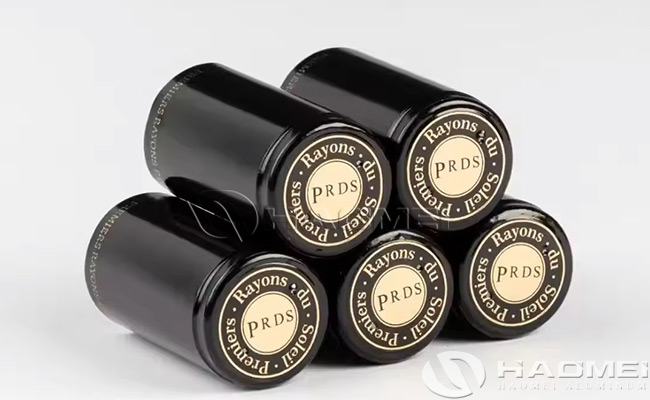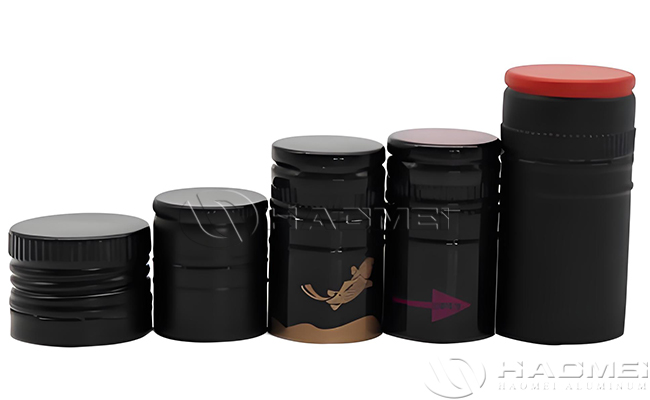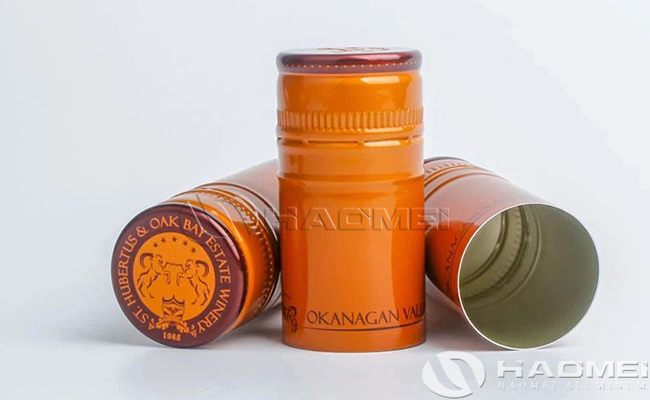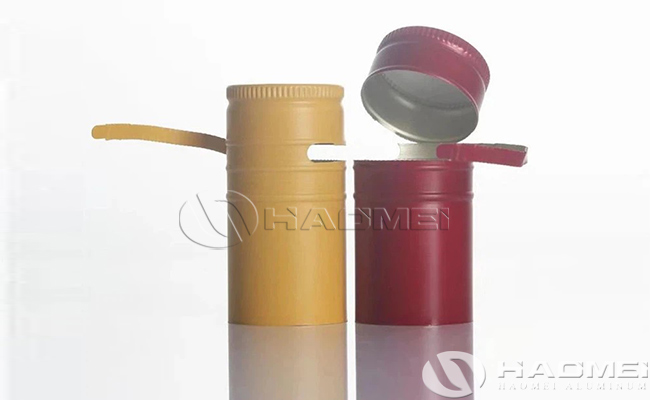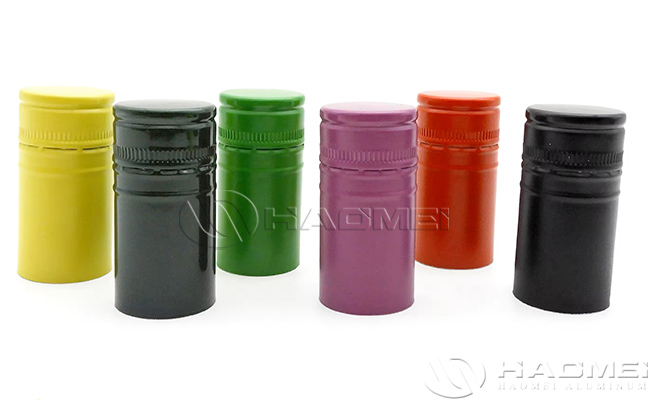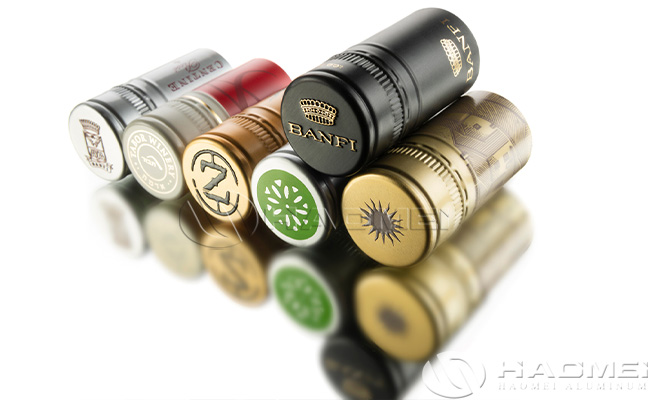There are various types of wine bottle closures, the choice not only affects the sealing and aging potential, but is also closely related to environmental protection and opening convenience.
Mainstream wine bottle closure types and materials
1. Cork (natural/synthetic)
- Material: Natural cork is made from the bark of Quercus suber, which is a renewable resource; synthetic cork is mostly made of polyethylene (PE) or plant by-products.
- Features:
Advantages: Allows trace oxygen penetration, promotes slow oxidation and aging of wine, and is suitable for high-end wines (such as Bordeaux and Burgundy wines) for long-term cellaring.
Disadvantages: Natural cork is susceptible to TCA contamination (probability 1%-5%), causing the wine to have a musty smell; synthetic cork may have a chemical smell and is difficult to degrade.
- Variations: Including a whole piece of natural cork, wood chip bonding type (micro-agglomerated cork) and "1+1 type" combining natural and synthetic materials.
2. Screw cap (metal material)
- Material: usually made of aluminum, a few use tinplate or other metals.
- Features:
Advantages: strong sealing, no oxidation and contamination risks, suitable for white wine or ready-to-drink wine that needs to maintain fresh fruity aroma (such as New Zealand Sauvignon Blanc); easy to open, no tools required.
Disadvantages: poor air permeability, limited long-term aging potential; some consumers think it symbolizes cheapness and affects the image of high-end wine.
- Application: widely used in New World wine-producing countries such as Australia and New Zealand, and some French wineries have also tried to adopt it in recent years.
3. Metal cap (aluminum/iron)
- Material: aluminum wine bottle cap or iron tin cap.
- Features:
Advantages: The aluminum cap is light and corrosion-resistant, and forms a protective film after oxidation, which is suitable for long-term collection (such as sealing old wine); the iron cap has low cost and is mostly used for liquor and beer.
Disadvantages: The metal material may be corroded by the acidity of the wine and needs to be used with lining materials.
4. Plastic cap (PVC/PE)
- Material: polyvinyl chloride (PVC), polyethylene (PE), etc., often used as heat shrink cap or sealing film.
- Features:
Advantages: low cost, high transparency, easy to print logos; some high-end wines use food-grade plastics to improve sealing.
Disadvantages: easy to age and crack, long-term sealing is weaker than metal or cork; poor environmental protection, difficult to degrade.
5. Wax seal and silicone seal ring
- Material: beeswax or edible wax (wax seal), food-grade silicone (seal ring).
- Features:
Advantages: wax seal has excellent anti-oxidation effect and is often used for collection-level old wine; silicone seal ring is reusable and suitable for special-shaped bottle mouth.
Disadvantages: wax seal is easy to break and difficult to open; silicone needs to be replaced regularly to prevent aging.
Other special types of wine bottle closures:
- Ceramic/bamboo stopper: commonly used in traditional wine jars, natural and environmentally friendly but easy to be deformed by moisture, and needs to be combined with wax seal to enhance sealing.
- Polymer polymer stopper: advanced materials are used to simulate the characteristics of cork, and the air permeability is controllable, but the popularity is relatively low.
Selection suggestions of wine bottle closure types:
- Aging needs: natural cork (high-end red wine) or aluminum cap (old wine collection) are preferred.
- Ready-to-drink scenarios: screw caps (white wine) or plastic caps (low-end table wine) are more practical.
- Environmental considerations: natural cork (renewable) is better than synthetic materials or plastics.
By choosing the right type of wine bottle closure caps, the best balance can be achieved between preserving the flavor of the wine, extending the shelf life and improving the user experience.
MESSAGE
RECOMMENDED PRODUCTS
PRODUCTS
CONTACT US
Add:Zhengzhou, Henan, China

